O.o.
New research has exploded the space of problems that quantum computers can efficiently verify, simultaneously knocking down milestone problems in quantum physics and math.


Circa 2017
The Middle Ages certainly were far from being science-friendly: Whoever looked for new findings off the beaten track faced the threat of being burned at the stake. Hence, the contribution of this era to technical progress is deemed to be rather small. Scientists of Karlsruhe Institute of Technology (KIT), however, were inspired by medieval mail armor when producing a new metamaterial with novel properties. They succeeded in reversing the Hall coefficient of a material.
The Hall effect is the occurrence of a transverse electric voltage across an electric conductor passed by current flow, if this conductor is located in a magnetic field. This effect is a basic phenomenon of physics and allows to measure the strength of magnetic fields. It is the basis of magnetic speed sensors in cars or compasses in smartphones. Apart from measuring magnetic fields, the Hall effect can also be used to characterize metals and semiconductors and in particular to determine charge carrier density of the material. The sign of the measured Hall voltage allows conclusions to be drawn as to whether charge carriers in the semiconductor element carry positive or negative charge.
Mathematicians already predicted theoretically that it is possible to reverse the Hall coefficient of a material (such as gold or silicon), i.e. to reverse its sign. This was expected to be achieved by a three-dimensional ring structure resembling medieval mail armor. How-ever, this was considered difficult, as the ring mesh of millionths of a meter in size would have to be composed of three different components.

O.o!
A mind-expanding and funny trip to the edge of mathematics
How big is the universe? How many numbers are there? And is infinity + 1 is the same as 1 + infinity? Such questions occur to young children and our greatest minds. And they are all the same question: What is infinity? In Beyond Infinity, Eugenia Cheng takes us on a staggering journey from elemental math to its loftiest abstractions. Along the way, she considers how to use a chessboard to plan a worldwide dinner party, how to make a chicken-sandwich sandwich, and how to create infinite cookies from a finite ball of dough. Beyond Infinity shows how one little symbol holds the biggest idea of all.

#survival #coronavirus
In light of recent events its a good opportunity to go over the basics of pandemic preparedness.
*Correction* I need to make a correction to information provided within this video. The case-fatality rate of the Spanish influenza is often quoted by virologists as 2.5 % when in reality the math on this doesn’t add up as the population of the planet at the time doesn’t align with this statistic. This stat is misinterpreted to mean the overall case-fatality rate was (greater than) 2.5%. It is presumed a safer mortality estimate was between 7.5%-15% at the pandemics peak wave. The correct statistic is the 2.5%-5% of the WORLDS population perished as a result of this. It should be noted that there were several waves to this pandemic hence the 2.5 (greater than) statistic. The first wave was relatively tame, the second wave was devastating, the third wave was less severe. https://www.cdc.gov/flu/pandemic-resources/1918-commemoration/three-waves.htm
Similar videos
Hazsuit
Biohazard bags
Get biohazard bags here
https://amzn.to/30Sx6ab
Biohazard Stickers
https://amzn.to/36pmtgj
The Urban prepper containment video

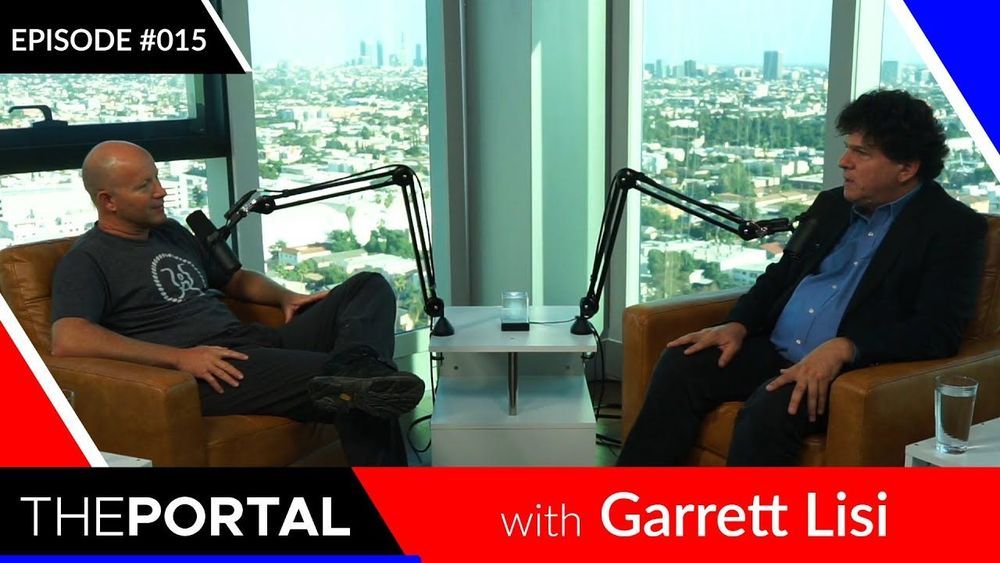
Complex cognitive dissonance disorder guaranteed. 😬.
Garrett Lisi, the so called “Surf Bum with a Theory of Everything (or T.O.E.)”, is a PhD theoretical physicist who has refused to be captured by the theoretical physics community. By making shrewd investments, he has avoided holding meaningful employment for his entire adult life. Instead, he lives in Maui and travels the world chasing the perfect wave.
In this episode Garrett and Eric sit down to discuss the current status of Garrett’s ideas for a final theory based on a mysterious object called E8, perhaps the oddest of mathematical symmetries to be found in the universe. Garrett and Eric have held each other in mutual “contempt” for over a decade. By vacationing together and staying in each others’ homes, they had hoped to hone and deepen their mutual disgust for each other’s ideas. However, as the theoretical physics community moved away from actually trying to unify our incompatible models of the physical world, it became intellectually unmoored, and drifted toward a culture of performative Cargo Cult Physics. The antagonists were thus forced by necessity to develop a begrudging admiration for each other’s iconoclasm and unwillingness to give up on the original dream of Einstein to unify and understand our world.
The discussion is rough but a fairly accurate depiction of scientific relationships belonging to a type that is generally not shown to the public. This may be uncomfortable for those who have been habituated to NOVA, The Elegant Universe, or other shows produced for mass consumption. We apologize in advance.
Original sponsors of the audio version of the episode:
Skillshare: Skillshare.com/PORTAL
Wine Access: Wineaccess.com/PORTAL
Chili: Chilitechnology.com/PORTAL
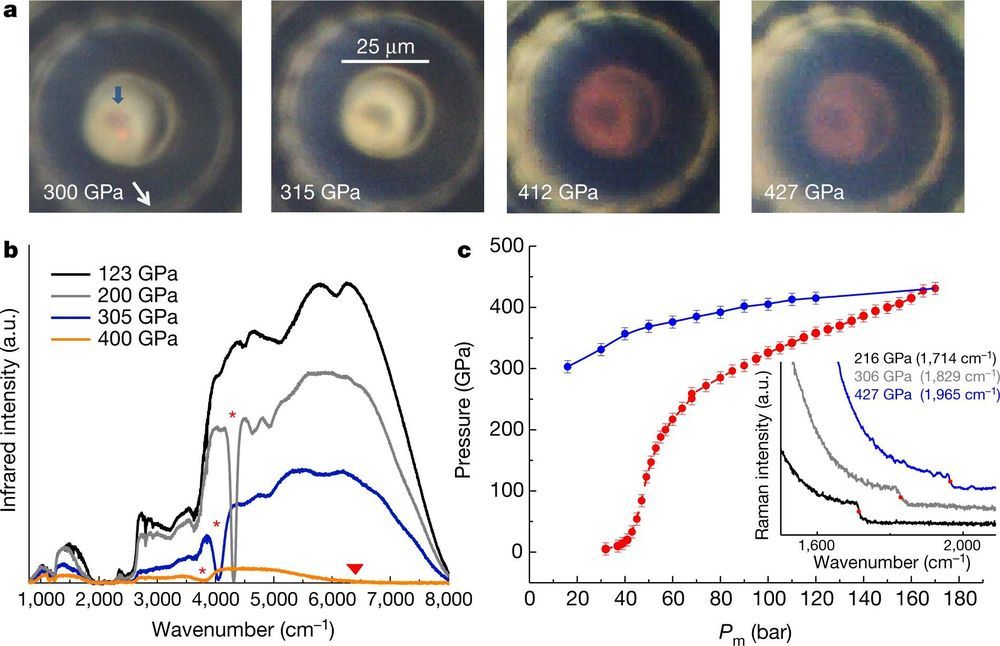
A team of researchers, two with the French Atomic Energy Commission (AEC) and a third with the Soleil synchrotron, have found evidence of a phase change for hydrogen at a pressure of 425 gigapascals. In their paper published in the journal Nature, Paul Loubeyre, Florent Occelli and Paul Dumas describe testing hydrogen at such a high pressure and what they learned from it.
Researchers long ago theorized that if hydrogen gas were exposed to enough pressure, it would transition into a metal. But the theories were not able to derive how much pressure is required. Doubts about the theories began to arise when scientists developed tools capable of exerting the high pressures that were believed necessary to squeeze hydrogen into a metal. Theorists simply moved the number higher.
In the past several years, however, theorists have come to a consensus—their math showed that hydrogen should transition at approximately 425 gigapascals—but a way to generate that much pressure did not exist. Then, last year, a team at the AEC improved on the diamond anvil cell, which for years has been used to create intense pressure in experiments. In a diamond anvil cell, two opposing diamonds are used to compress a sample between highly polished tips—the pressure generated is typically measured using a reference material. With the new design, called a toroidal diamond anvil cell, the tip was made into a donut shape with a grooved dome. When in use, the dome deforms but does not break at high pressures. With the new design, the researchers were able to exert pressures up to 600 GPa. That still left the problem of how to test a sample of hydrogen as it was being squeezed.
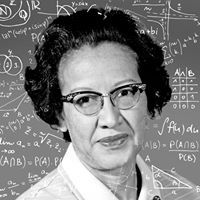
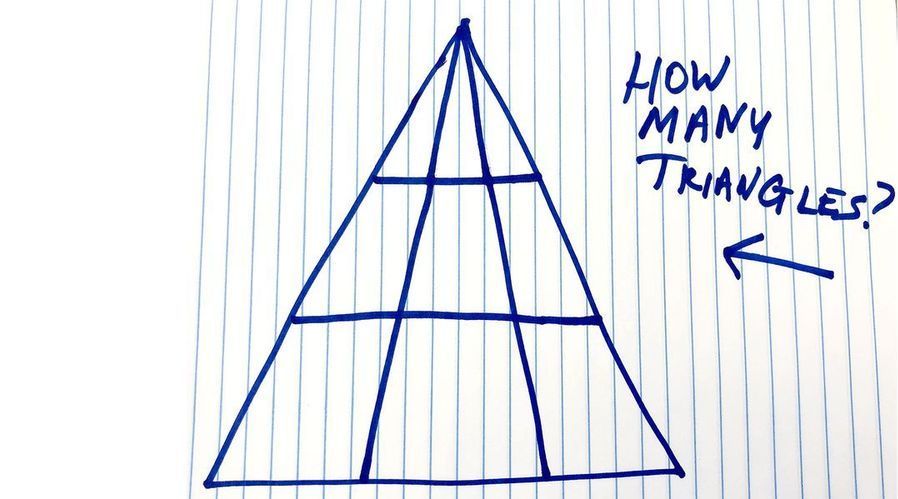
There’s nothing quite like a maddening math problem, mind-bending optical illusion, or twisty logic puzzle to halt all productivity in the Popular Mechanics office. We’re curious people by nature, but we also collectively share a stubborn insistence that we’re right, dammit, and so we tend to throw work by the wayside whenever we come upon a problem with several seemingly possible solutions.
This triangle brain teaser isn’t new—shoutout to Popsugar for unearthing it a couple years ago—but based on some shady Internet magic, the tweet below reappeared in my feed today and kick-started a new debate on our staff-wide Slack channel, a place traditionally reserved for workshopping ideas, but instead mostly used for yelling about other stuff that we occasionally turn into content.
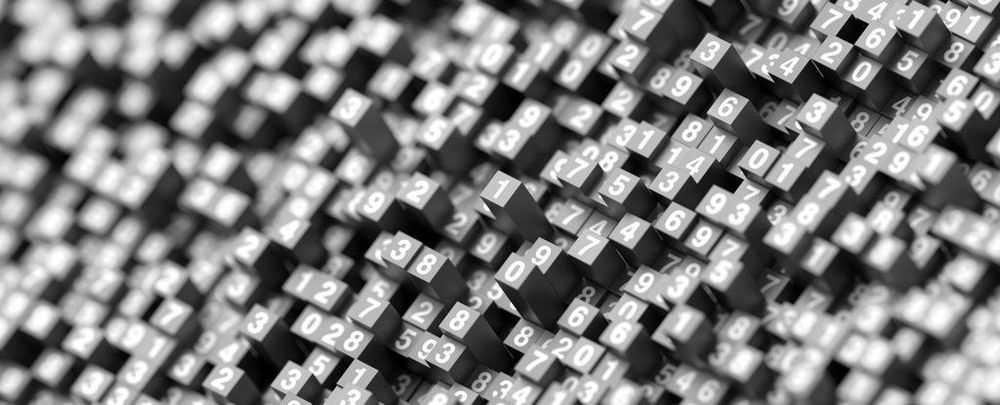
Not everything is knowable. In a world where it seems like artificial intelligence and machine learning can figure out just about anything, that might seem like heresy – but it’s true.
At least, that’s the case according to a new international study by a team of mathematicians and AI researchers, who discovered that despite the seemingly boundless potential of machine learning, even the cleverest algorithms are nonetheless bound by the constraints of mathematics.
“The advantages of mathematics, however, sometimes come with a cost… in a nutshell… not everything is provable,” the researchers, led by first author and computer scientist Shai Ben-David from the University of Waterloo, write in their paper.